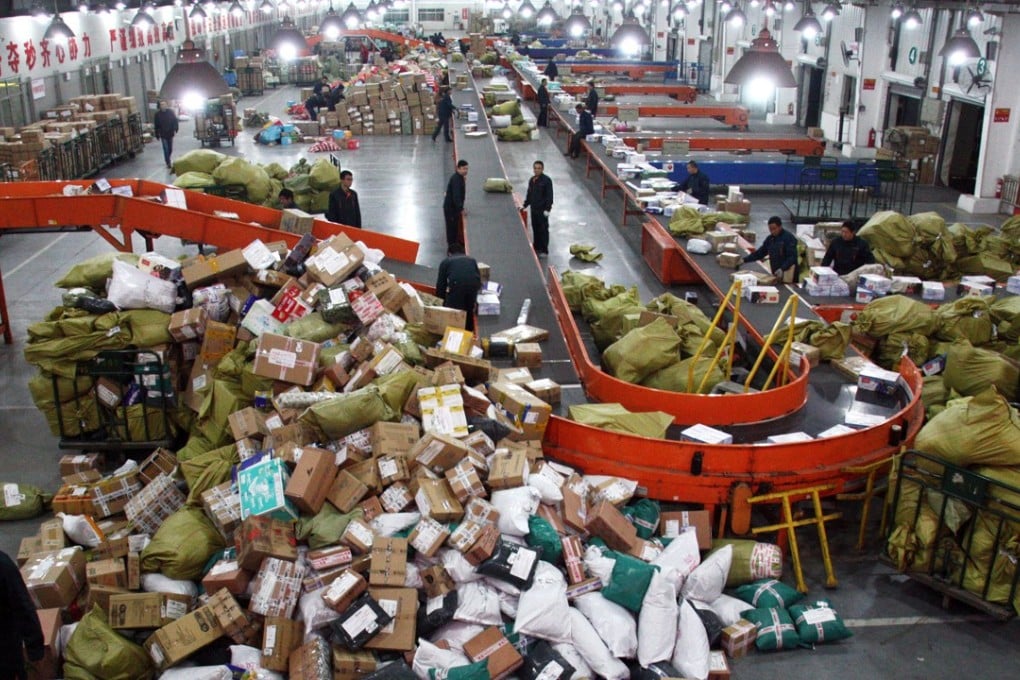China’s cheap shipping advantage explained
Washington claims global postal alliance is flawed but what is the Universal Postal Union and why does it matter?

A seemingly illogical calculation in a 2015 report by the US Postal Service was the justification for President Donald Trump’s decision on Wednesday to pull out of the Universal Postal Union, one of the world’s oldest international organisations.
According to the US Postal Service, it would cost around US$20 to mail a small parcel of 2kg (4.4lbs) from one US state to another, but mailing the same package from China would only cost US$5.
Trump claimed China was paying discounted rates for international delivery under the system and that was hurting the US Postal Service.
The move to withdraw from the Universal Postal Union, which oversees international mail exchanges, is Trump’s latest protectionist measure aimed at revoking China’s competitive edge over the US.
It follows his recent accusations that China is meddling in next month’s midterm elections and the continuing strain of the US-China trade war.
While Trump has distanced the US from several international organisations and treaties, the move to pull out of the UPU could directly impact the daily lives of consumers in an age of e-commerce and globalisation.
What is the UPU and why does it matter?